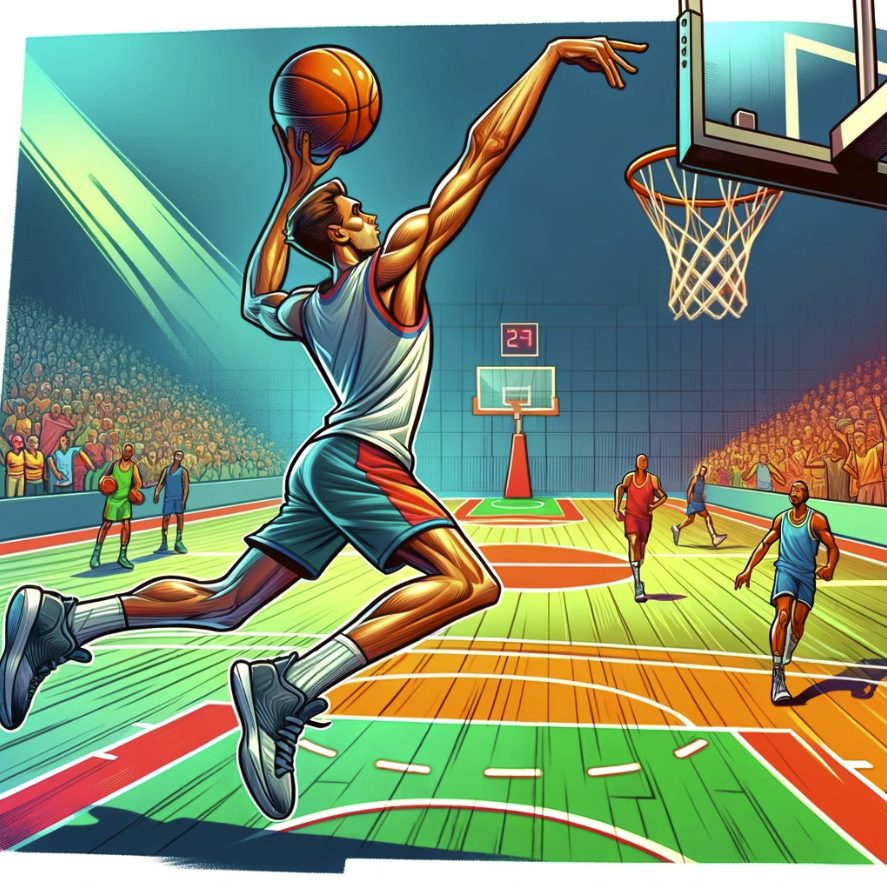The skyhook, Kareem Abdul-Jabbar‘s signature shot, remains an almost mythical weapon in basketball history.
Despite its incredible success, it’s rarely seen in the modern game.
Here are some possible reasons why:
Evolution of the game
- Three-point era: Today’s game prioritizes spacing and three-pointers, encouraging perimeter play over post-ups. This makes the skyhook, a close-range shot, less valuable.
- Pace and athleticism: The modern NBA emphasizes speed and athleticism, with players like to face the basket and drive or shoot quickly. The skyhook requires slower footwork and precise timing, not quite matching the current pace.
Learning curve and specialization
- Technical difficulty: The skyhook is notoriously difficult to master, requiring years of practice to perfect the footwork, hand placement, and release. Many young players prioritize other skills.
- Specialization: Today’s players tend to specialize in specific roles, like ball handlers, shooters, or defenders. Mastering the skyhook requires a different skillset that might not fit neatly into these roles.
Influence and perception
- Lack of role models: After Kareem’s retirement, few players successfully incorporated the skyhook into their game. This lack of contemporary examples might discourage young players from learning it.
- Image and coolness: The skyhook, while effective, doesn’t have the same flashy appeal as dunks or three-pointers. This perception might make it less attractive to young players seeking highlight-reel moments.
Should Today’s NBA Players Bring Back the Skyhook?
Whether today’s NBA players should bring back the skyhook is a complex question with no easy answer.
There are strong arguments both for and against its potential:
Arguments for
- High efficiency: The skyhook was demonstrably effective, with Kareem boasting a phenomenal career field goal percentage. It’s a near-unblockable shot due to its high release point and unique angle.
- Versatility: It can be used against various defenders and doubles, and can be a great bailout option when driving lanes are clogged.
- Skill development: Mastering the skyhook requires patience, footwork, and touch, improving overall offensive skillset.
- Unpredictability: It adds a unique weapon to a player’s arsenal, potentially catching defenders off guard.
Arguments against
- Modern style mismatch: With the emphasis on pace and spacing, the skyhook might not fit today’s faster, perimeter-oriented game.
- Learning curve and opportunity cost: Learning the skyhook is time-consuming and requires dedication, possibly taking away from developing other valuable skills.
- Limited application: It’s primarily effective close to the basket, and might not be as useful in today’s spaced-out offenses.
- Vulnerability to double teams: The slow footwork and predictable arc can make it susceptible to help defense.
Ultimately, the decision of whether or not to adopt the skyhook is a personal one for each player and coach.
It depends on their individual playing style, team strategy, and willingness to invest time and effort into mastering a unique skill.
While it might not be a universal solution, the skyhook still holds potential as a valuable tool in the right hands.
Here are some additional factors to consider:
- Individual fit: Players with good size, post-up skills, and soft touch would be more suited for the skyhook.
- Team context: Teams with strong spacing and a post-up focus might benefit more from a player with a skyhook in their arsenal.
- Evolution of the shot: Modern players could potentially adapt the skyhook with quicker footwork or different release points to better fit the modern game.
The skyhook’s decline in popularity doesn’t diminish its effectiveness. Whether it makes a full-fledged comeback or remains a forgotten relic, its legacy as a dominant and iconic weapon in basketball history remains secure.
It’s important to note that some players still utilize elements of the skyhook, like post-up footwork and soft touch.
However, the full-blown skyhook with its unique release is a rare sight.
While its decline from mainstream use is unfortunate, its legacy as a nearly unstoppable weapon and testament to Kareem’s skill remains secure.


